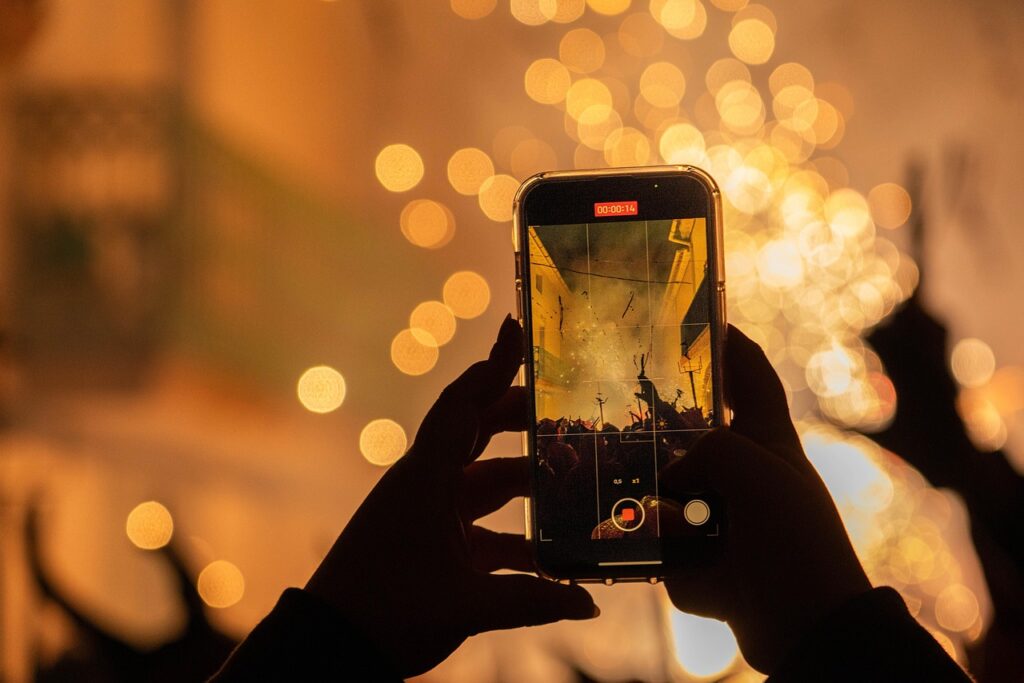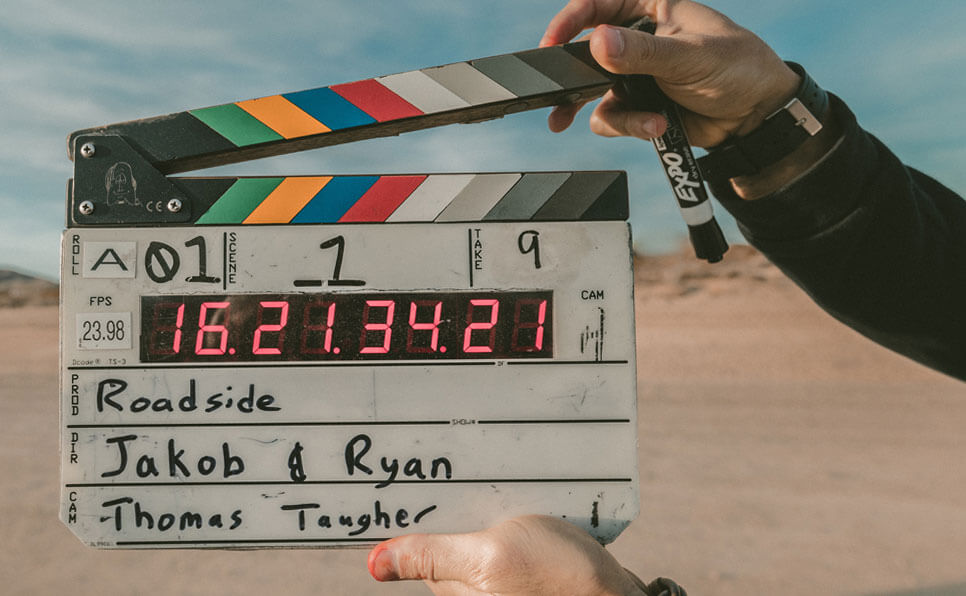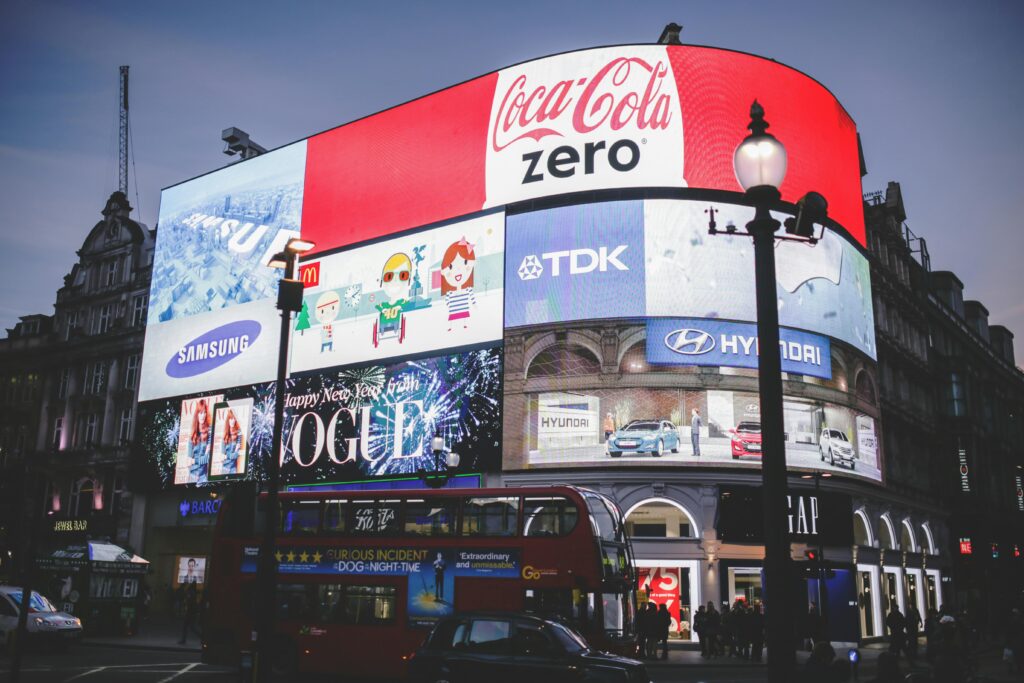Once upon a time, celebrity advertising meant million-dollar TV spots during the Super Bowl or glossy magazine spreads featuring Hollywood A-listers. Fast-forward to 2025, and the landscape of celebrity-endorsed advertising has transformed dramatically. Today, the most impactful endorsements often come from a smartphone camera, filmed vertically, and lasting under 60 seconds.
Welcome to the age of influencer marketing, where authenticity, relatability, and short-form video rule. In this new era, celebrities—both traditional and digital—are reshaping the way brands connect with consumers.
The Shift: From Broadcast to Byte-Sized Content
For decades, celebrities were the faces of multi-million-dollar campaigns, often removed from the everyday lives of their fans. These endorsements were polished, scripted, and delivered through mass media channels like TV and print.
Today, the most influential campaigns are happening on platforms like TikTok, Instagram Reels, and YouTube Shorts, where the vibe is more spontaneous and “real.” Modern consumers, especially Gen Z and younger millennials, value authenticity over perfection. A 15-second video of a celebrity using a product at home can now outperform a 30-second TV ad during prime time.
Why Authenticity Wins in 2025
In a world flooded with content, authenticity has become the new currency of trust. Audiences are more skeptical of scripted brand messages and are quick to call out anything that feels inauthentic or overly promotional.
That’s why even A-list celebrities are now leaning into more personal, less-polished content. Whether it’s Serena Williams casually using her skincare line on Instagram Live or Timothée Chalamet showing off his favorite headphones during a candid moment on TikTok, audiences connect more with “real-life moments” than curated ad spots.
Brands have taken note. Instead of giving stars a script, they’re giving them freedom. And the results are powerful.
Micro vs. Mega: The Changing Face of Celebrity
While big-name endorsements still matter, the definition of “celebrity” has expanded. Micro-influencers, niche creators, and even local personalities now drive purchasing decisions within highly engaged communities.
According to recent industry data, micro-influencers (with 10K–100K followers) often deliver higher engagement rates than traditional celebrities. Why? Because their audiences feel a stronger personal connection and perceive them as more relatable.
This shift has democratized celebrity advertising. Now, a creator with a loyal following in the wellness or tech niche can move the needle just as much as a household name—at a fraction of the cost.
The Role of Short-Form Video
If 2020–2023 was the rise of TikTok, 2024–2025 cemented short-form video as the king of digital marketing. Brands are now tailoring entire campaigns around short-form content, often co-created with influencers and celebrities.
Why short-form works:
- Mobile-first consumption: People scroll quickly; short videos grab attention fast.
- Algorithmic boost: TikTok, Reels, and Shorts all prioritize short, engaging content.
- Creative freedom: Celebrities and creators can showcase products in organic, story-driven ways.
Take, for example, the viral campaigns where celebrities “duet” fans or join trending challenges that cleverly incorporate brand messages. These snippets feel more like entertainment than ads—and that’s the point.
From One-Off Deals to Ongoing Partnerships
Another big change in 2025 is the rise of long-term celebrity-brand partnerships. Instead of single sponsored posts or commercials, brands are building relationships with stars who align with their values and lifestyle.
For example:
- Actress Zendaya has become more than just a spokesperson for fashion and beauty brands—she’s a creative collaborator, co-designing lines and starring in immersive content campaigns.
- NFL players now frequently launch their own health or tech startups, using their fame to build and promote their own brands, not just endorse others.
These longer-term collaborations deepen consumer trust and lead to stronger brand loyalty.
Social Responsibility and the “Authenticity Test”
Today’s consumers expect more than a pretty face—they expect values alignment. Brands and celebrities are being held accountable for the causes they support, the language they use, and the people they associate with.
In 2025, many successful ad campaigns combine product messaging with social impact, often with the celebrity actively involved in activism or community initiatives.
For instance, a celebrity-endorsed clean beauty brand might also support environmental nonprofits, with the influencer sharing behind-the-scenes stories of impact work alongside product promos.
Final Thoughts: The New Rules of Celebrity Influence
The evolution from Super Bowl ads to social media snippets isn’t just about format—it’s about philosophy. Consumers don’t just want to be sold to. They want to believe in the story, trust the face behind the brand, and see real-world relevance.
Celebrity-endorsed advertising in 2025 is personal, purpose-driven, and platform-specific. It’s no longer just about reach—it’s about real connection.
As social media continues to evolve and attention spans shrink, one thing remains clear: The most powerful endorsement is the one that feels genuine.



